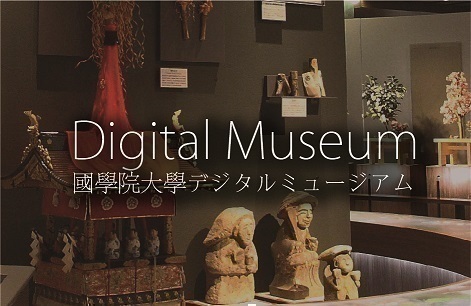- トップ
- Encyclopedia of Shinto
- Shōsai
Encyclopedia of Shinto
| Main Menu: | |
| Links: |
詳細表示 (Complete Article)
| カテゴリー1: | 5. Rites and Festivals |
|---|---|
| カテゴリー2: | Shrine Rituals |
| Title | Shōsai |
| Text | One category of shrine rites, grouping together rites conducted on a small scale. Before 1945 these were specified under government regulations, and thereafter by the Association of Shinto Shrines (Jinja honchō) in its "Regulations of Shrine Observances." The text of the Regulations divides observances into major, middle, and minor rites. Minor rites are defined as "all the rites not classified as major or middle", the content of the category being quite diverse. Whereas major and middle rites are related mainly to matters of public or national concern, minor rites include all other shrine celebrations. TheAssociation's manual on shrine rites (Jinja saishiki) states that shōsai be carried out as follows: "Early in the morning, the shrine is decorated. At the appointed time, the gūji, officials, and assembled worshippers (both local and visitors), having ritually cleansed their hands, proceed to the shrine; next, the gūji, officials and worshippers all go to the "place of purification" (haraedokoro) and shubatsu is performed. Then they all move to the prescribed place where the rite is to be carried out. The gūji prays once (followed by everyone assembled) and next, the gon-gūji or negi and lesser priests present offerings (shinsen) while music is being played. Then the gūji recites a norito (everyone bows during this), followed by music. The gūji presents a tamagushi and bows, gon-gūji or negi and lesser priests bow along with them. Next the representative (sōdai) of the assembled worshippers presents a tamagushi, and the assembled worshippers bow. Then the lesser priests remove the offerings (music plays during this). The gūji bows once (and all assembled follow suit) and then all the worshippers share a meal (naorai) at the naorai place, after which they depart." The main aspect distinguishing shōsai from taisai and chūsai lies in the absence of rites accompanying the opening and closing of the sanctuary doors. The categorization of rites into minor, middle and major originated in the Ritsuryō era when the terms taishi, chūshi, and shōshi were usede. The rites categorized as minor in Engishiki include ōimi, fūjin, chinka, saigusa, ainame, chinkon, chinka, michiae, sonokarakami, matsuo, hirano, kasuga, ōharano, etc. However, the Ordinance of Imperial Household Rites (kōshitsu saishirei) of 1908, divides rites into minor and major. In the minor rites, "the Emperor leads the imperial family and bureaucrats in performing the obeisances and then the official in charge performs the rite." Minor rites include the saitansai, kinensai, meijisetsusai, kashikodokoro onkagura, tenchōsetsusai, rites for the three preceding generations of emperors, rites for the previous empress, rites for the deceased dowager empress and rites for all the other emperors excluding the first, Jimmu. — Mogi Sadasumi |




